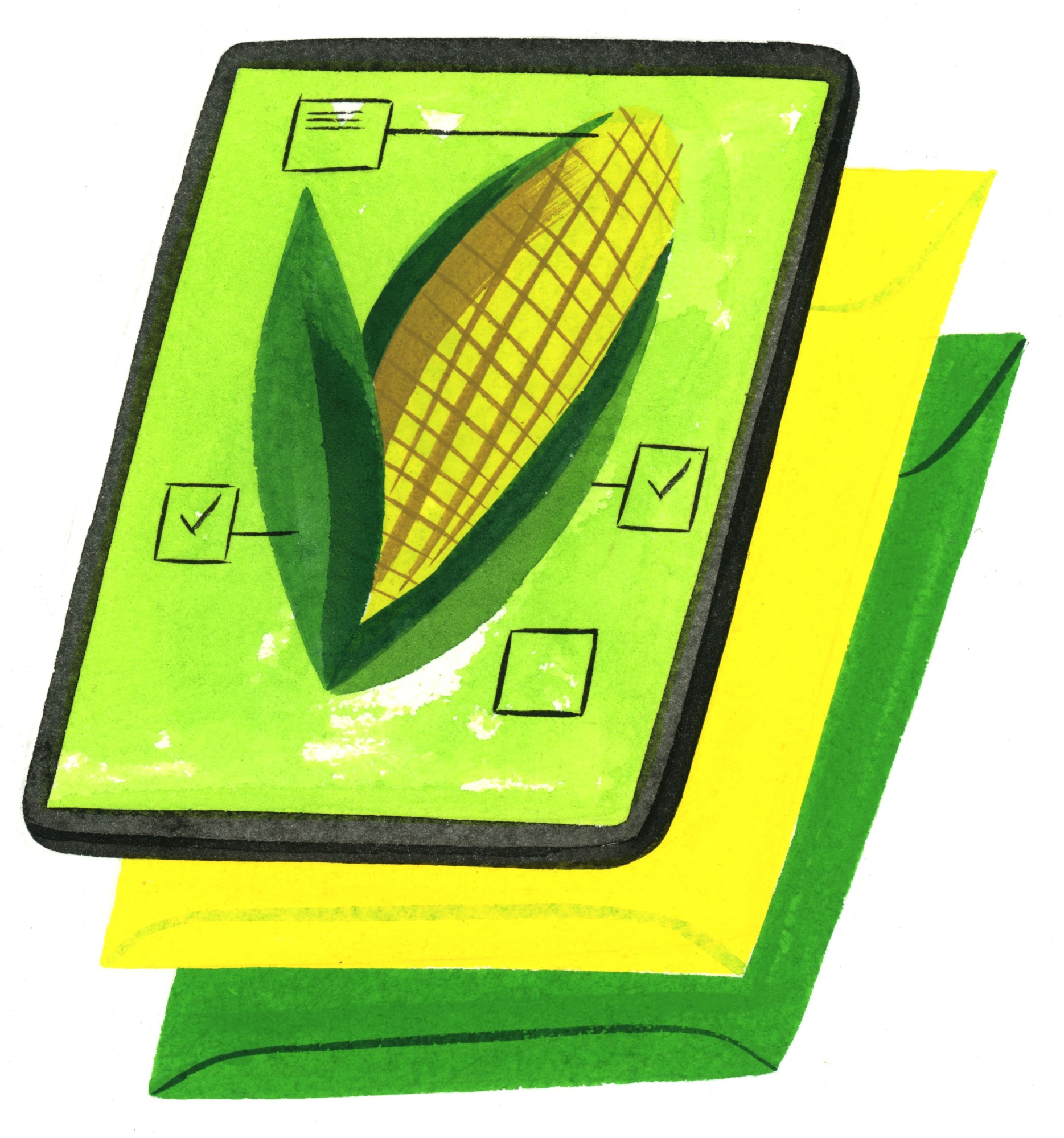Enumerator, National Association of State Departments of Agriculture
West Central Illinois
This story is one of a series about how hidden innovations produce the foods we eat at the prices we pay. It has been edited for length and clarity. As told to Krithika Varagur.
The National Agricultural Statistics Service is used to set nationwide estimates of agricultural commodities. We have 12 regions across the country, and ours is Missouri and Illinois. I and about 3,000 other folks across the country go out and collect data for the survey and meet with farmers face to face, or call them, or whatever it takes to collect the data. We are the ground troops who help estimate the size and scope of agricultural production in the country. Basically, we tell the whole world what the food production capacity is in the US; it’s a way to continuously monitor the food supply chain so that there aren’t huge price fluctuations like, for instance, with gasoline.
So here’s what we did today—and it’s not something we do every day. In Illinois they once had coal mines, which have since had to restore the land to its original status. So they have to plant corn, beans, or hay in those acres, and the yields have to come up to the county averages. And today I was out in some of those cornfields and I just walked throughout the field and picked samples. Today we tested two fields and there were 10 samples per field. For corn, we take samples from a 15-foot row, at different designated spots in each field, and weigh them. Then we take the third and fourth ears from that sample and send them to the lab in St. Louis and they work to come up with the yield. It’s the same with soybeans, except we pick the beans from a three-foot section and send those samples directly to the lab. Those are the two major crops that I work with in the field.
Don’t settle for half the story.
Get paywall-free access to technology news for the here and now.
